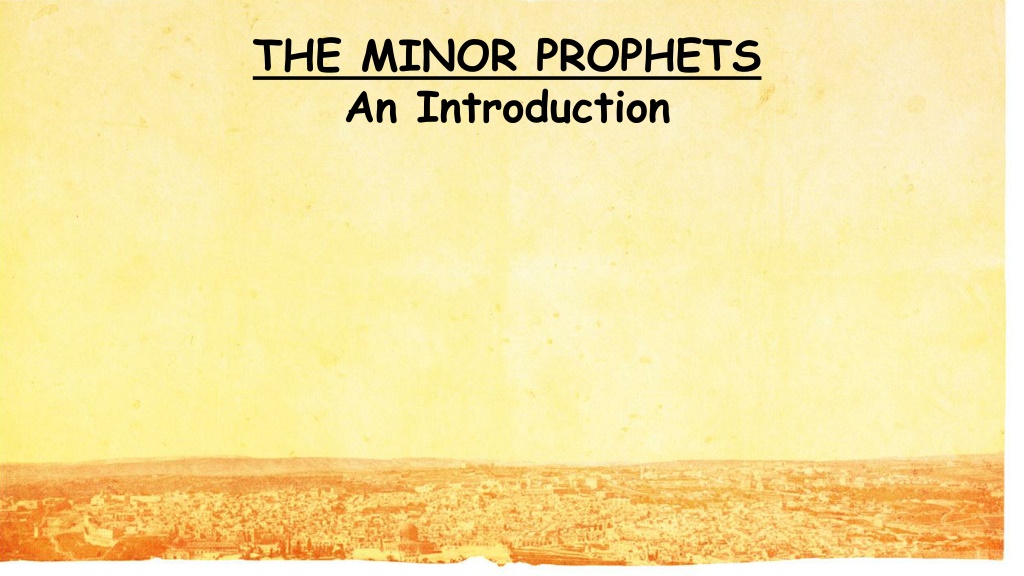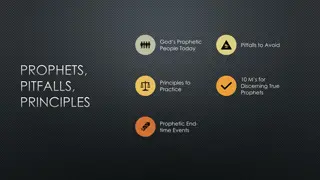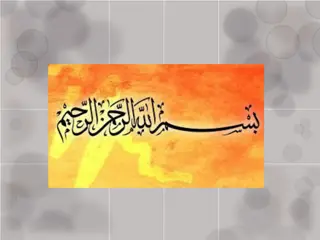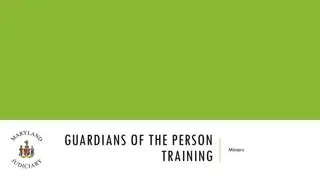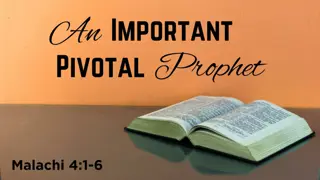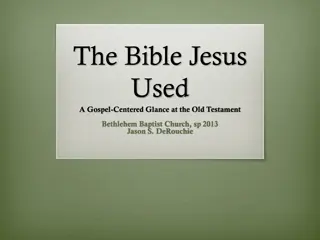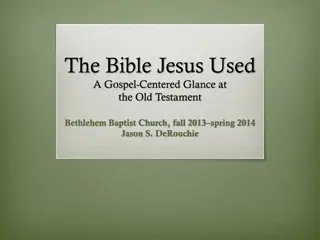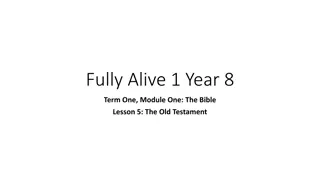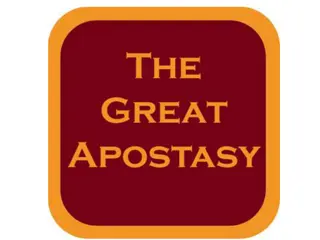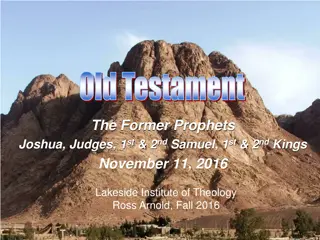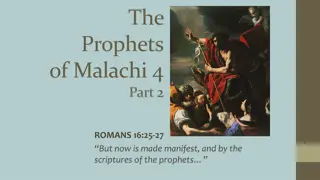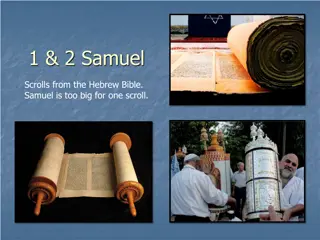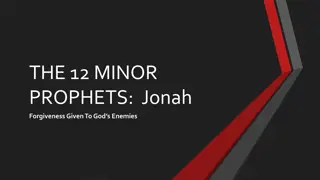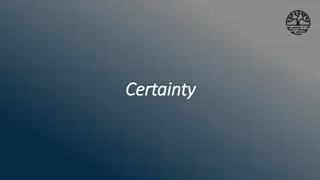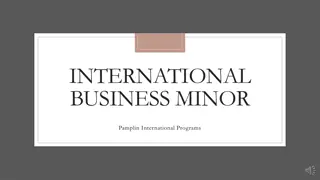Understanding the Minor Prophets: An Overview
The Minor Prophets played a crucial role in calling Israel back to the Lord. They are classified into Major Prophets and Minor Prophets based on the length of the books. These prophets were written at different times - pre-exilic, during the exile, and post-exilic periods. Studying the Minor Prophets allows us to gain insight into God's instructions, teaching, reproof, correction, and training in righteousness, providing hope and equipping believers for every good work.
Download Presentation

Please find below an Image/Link to download the presentation.
The content on the website is provided AS IS for your information and personal use only. It may not be sold, licensed, or shared on other websites without obtaining consent from the author. Download presentation by click this link. If you encounter any issues during the download, it is possible that the publisher has removed the file from their server.
E N D
Presentation Transcript
THE MINOR PROPHETS An Introduction
What do you think about when you hear Minor Prophets? Does something like this come to mind?
Romans 15:4 For whatever was written in former days was written for our instruction, that through the encouragement of the Scriptures we might have hope. 2 Timothy 3:16-17 All scripture is breathed out by God and is profitable for teaching, for reproof, for correction, and for training in righteousness, that the man of God may be complete, equipped for every good work.
I. Who were the Prophets? II.How are they classified? III.When were they written? IV.How can I better understand them? V. Why study the Minor Prophets?
I. Who were the Prophets? A. A spokesman for God (2 Peter 1:21) B. Primarily a forth-teller C. Sometimes a fore-teller D. The Prophets mission was to call Israel back to the Lord.
II. How are they classified? A. The Major Prophets: Isaiah-Daniel B. The Minor Prophets: Hosea-Malachi C. It was Augustine who was first credited with classifying them this way. D. The distinction pertains ONLY to the length of the books.
III. When were they written? A. Pre-Exilic: i. Hosea- 755-715 ii. Joel- 835 iii. Amos- 765-760 iv. Jonah- 780 v. Micah- 740-690 vi. Nahum- 630-612 vii. Habakkuk- 606-604 viii.Zephaniah- 625
III. When were they written? A. Pre-Exilic: B. Exile: i. Obadiah
III. When were they written? A. Pre-Exilic B. Exile C. Post-exilic: i. Haggai-520 ii. Zechariah- 515 iii. Malachi- 430
IV. How can I better understand them? 1. Seek to understand the political, social, and religious settings of the times. 2. Consider God s relation to the heathen (any nation that is not Israel). 3. Note any teaching regarding the Messiah and His coming Kingdom. i. The immediate mission of most prophets was to save God s people from idolatry and wickedness. ii. Following that, they were sent to announce God s judgment. iii. Many prophets left a message of hope of the coming Messiah.
V. Why should I study the Minor Prophets? In the Minor Prophets we can learn about A. The nature of God- His holiness, justice, righteousness, and mercy. B. The workings of God- as He dealt with nations, brought judgment upon the guilty, saved His people, foretold of hope to come. All of this can help us in our relationship with God today, and can give us comfort and hope as we are rminded that He is in control
